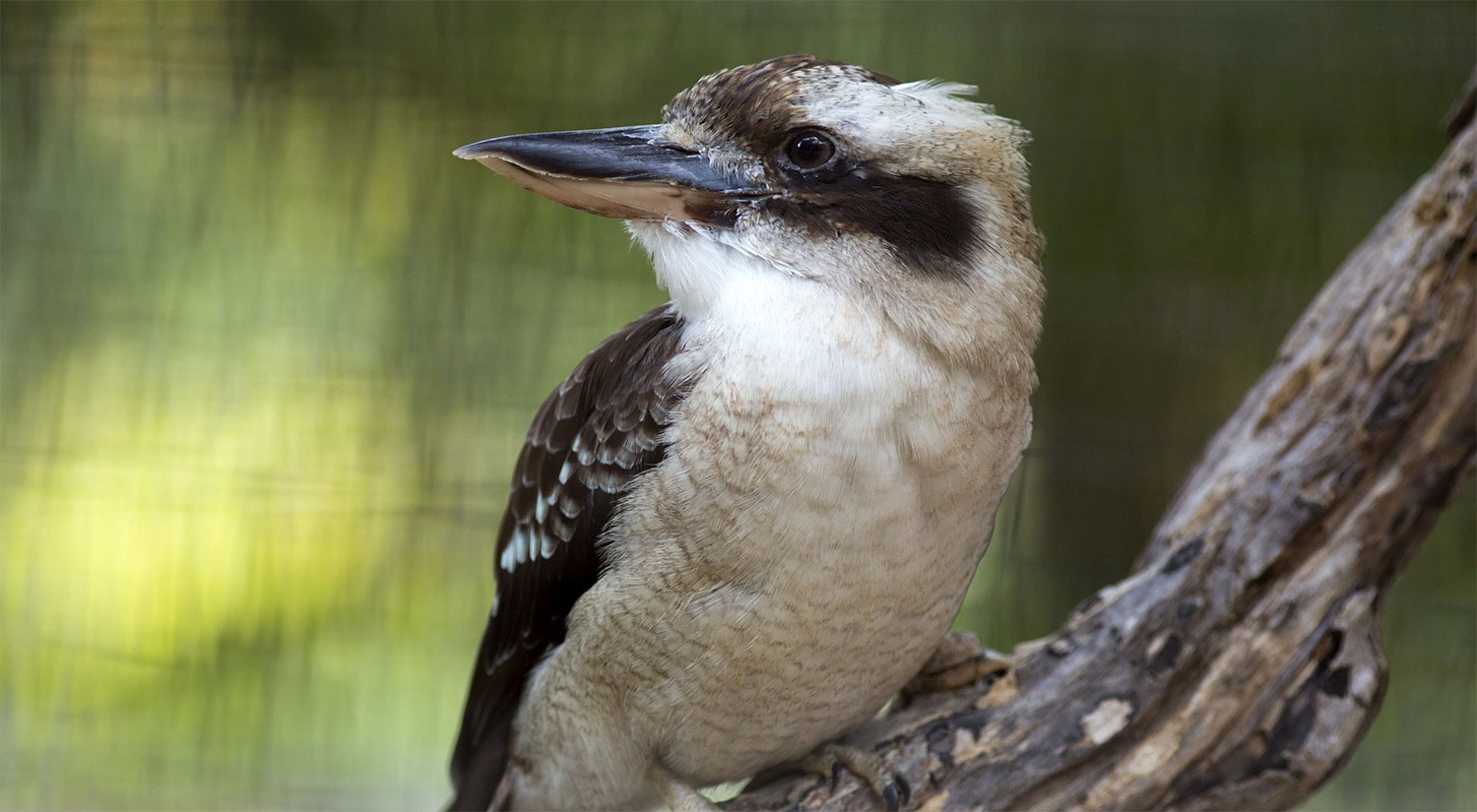
27 interesting facts about kookaburras
- 👁️ 361
Kookaburras, with their distinctive call that sounds much like echoing human laughter, are among the most iconic and beloved birds in Australia. These fascinating creatures are a symbol of the Australian bush, featured in folklore, songs, and children’s books, capturing the hearts of people worldwide. Belonging to the kingfisher family, kookaburras are known for their striking appearance and unique behaviors. Their laughter-like call, which marks their territory and communicates with their family groups, is unmistakable and often heard at dawn and dusk. Here are 27 interesting and informative facts about kookaburras that highlight their significance in the animal kingdom and Australian culture.
- There are four known species of kookaburra.
- The Laughing Kookaburra and the Blue-winged Kookaburra are the most commonly known species.
- Kookaburras are native to Australia and New Guinea.
- The Laughing Kookaburra is the world’s largest kingfisher.
- Kookaburras have a distinctive call that sounds like human laughter.
- They are carnivorous, feeding on mice, snakes, insects, and small reptiles.
- Kookaburras are known to snatch food from barbecues, earning them the nickname “bushman’s clock” for their early morning and evening calls.
- They mate for life and live in family units.
- Kookaburras use a ‘wait and swoop’ technique to catch their prey.
- Their beaks are strong and sharp, allowing them to kill prey by hitting it against a tree or rock.
- Kookaburras have excellent vision, helping them spot prey from a distance.
- They nest in hollow trees, often reusing the same site year after year.
- Juvenile kookaburras usually stay with their parents to help raise the next generation of chicks.
- The average lifespan of a kookaburra in the wild is about 15 years.
- Kookaburras have a distinctive blue patch on their wings, more pronounced in the Blue-winged Kookaburra.
- The Laughing Kookaburra’s laughter is actually a territorial call to warn others away.
- Kookaburras can turn their heads 180 degrees to look behind them.
- Despite their large size, kookaburras are capable of hovering in mid-air.
- They are territorial birds and often engage in aerial battles for dominance.
- Kookaburras are monogamous, forming lifelong bonds with their partners.
- The eggs of a kookaburra are white and slightly glossy.
- Baby kookaburras are born blind and featherless.
- Kookaburras have been introduced to areas outside their natural range, such as Tasmania and Western Australia.
- The name “kookaburra” originates from the Wiradjuri word “guuguubarra,” which mimics the bird’s call.
- Their feathers do not have waterproofing oils, making them poor swimmers.
- Kookaburras play an important role in controlling the population of venomous snakes.
- The Laughing Kookaburra is the emblem of New South Wales’ National Parks and Wildlife Service.
Kookaburras are more than just birds with a memorable call; they are integral parts of their ecosystems, fascinating creatures with complex behaviors and a deep connection to Australian culture. Their laughter-like call heralds the dawn and dusk, providing a soundtrack to the Australian bush. These facts not only showcase the kookaburra’s unique characteristics but also underline the importance of preserving their natural habitat for future generations to enjoy. As symbols of the wild and untamed landscapes of Australia, kookaburras continue to fascinate and delight those who encounter them, both in the wild and through stories and songs passed down through the years.
Kookaburras, with their distinctive call that sounds much like echoing human laughter, are among the most iconic and beloved birds in Australia. These fascinating creatures are a symbol of the Australian bush, featured in folklore, songs, and children’s books, capturing the hearts of people worldwide. Belonging to the kingfisher family,…